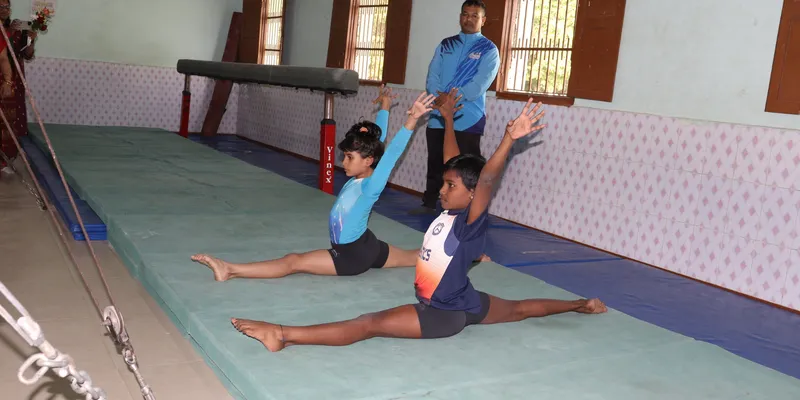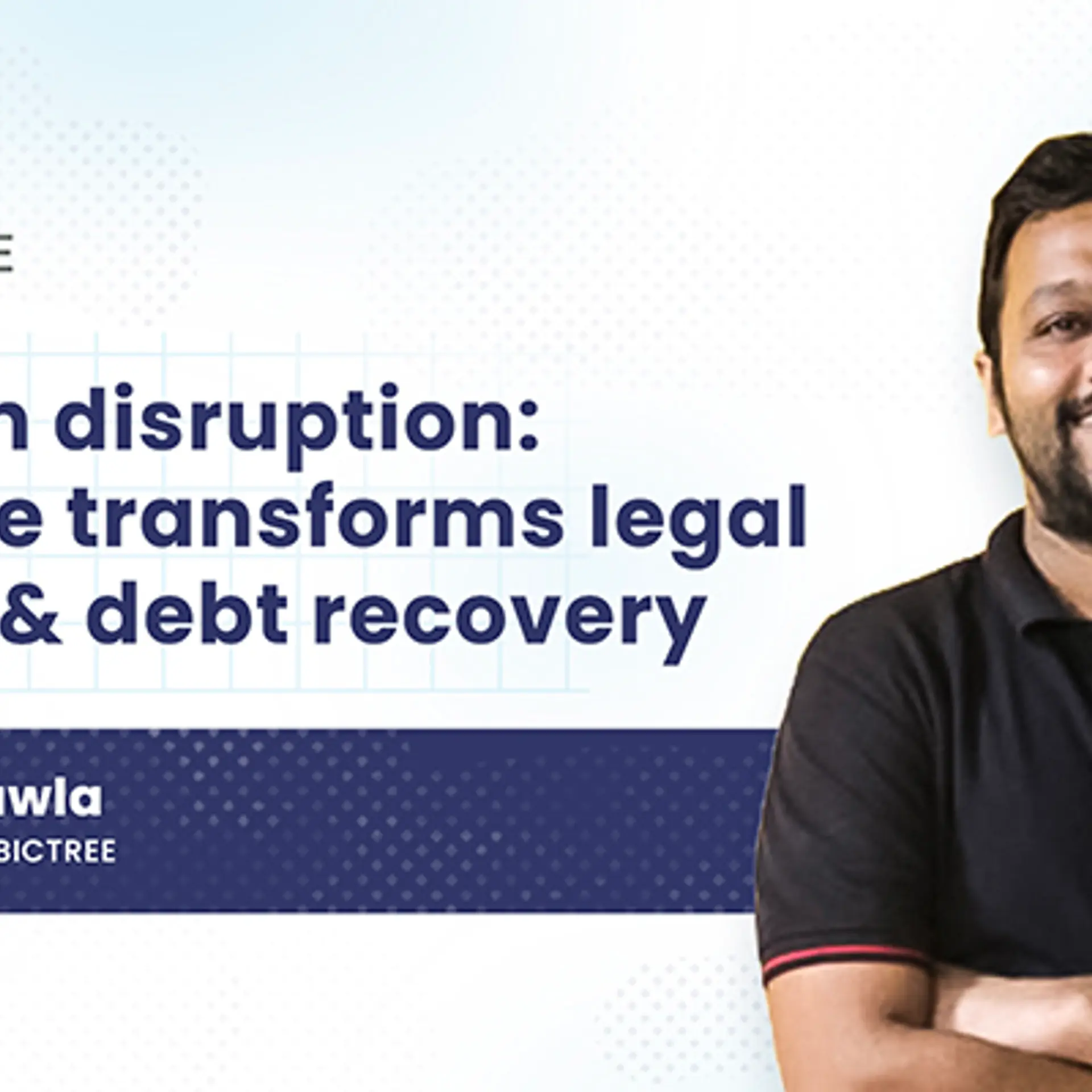Odisha’s 5T High School Transformation Programme is changing the face of government schools
The Odisha government’s 5T High School Transformation Programme is changing the face of the education system in the state with smart classrooms, a STEM-focused curriculum, increased sports facilities, and more.
In Odisha’s temple town of Puri, a 160-year-old government school stands tall as a model of transformation.
The Puri Zila School is one of the 8,800 schools identified by the Odisha government to be part of its 5T High School Transformation Programme—that has equipped government schools in the state with smart classrooms, e-libraries, increased sports facilities, modern science labs, vibrant campuses, and a host of other amenities.

Students of the Puri Zila School take advantage of a modern science lab
A tour of the Puri Zila School is an eye-opener to this change brought about by 5T principles—a vision of the Odisha government based on five factors—teamwork, technology, transparency, transformation, and time limit. The school has 1,650 students, 44 teachers, 18 smart classrooms, and two science labs, and offers 12 types of sports training facilities.
In the computer lab, high school students are seated on desks in front of sleek computer systems. With their desks facing the wall and headphones on, they are oblivious to the stream of visitors and look up only when we approach them to understand what they are doing.
While some of the students are working on coding, others are busy with games. Gyanaprangya Grahacharya, a class 10 student, is busy tweaking the game Animal Eyes, which he has created. Kaushal, a grade 9 student, is working hard on some code and just smiles when we ask what it is. He explains it was introduced to him by the resource people who visit the school to teach children different computer languages and tools.
In a classroom a few feet away, the English teacher points to the PowerPoint presentation on the smart board as she explains a poem. The students repeat after her in a sing-song voice, while looking at the screen that plays the lines as the poem meanders on.
But it’s not all learning and no play. At the school gymnasium, Khushi and Aishwarya are busy training at gymnastics, helped by a dedicated coach. The two young girls do a few back flips and somersaults for our benefit, and it’s evident that their hard work will soon pay off as the school competes at the district and state levels.
“Last year, Dhanalaxmi Rao from our school won the bronze medal at the national gymnastics championships. These girls want to follow in their footsteps,” says Jyotirmayi Mishra, the principal of the school. She also highlights that the 5T programme has ensured that no student remains a backbencher in class.
“Teachers ensure that a student participates in at least one activity so that he/she is not left behind. There’s a healthy mix of academic and co-curricular activities so that students can become well-rounded individuals,” says Mishra.
At the Kushavadra Government High School in Bhakrshahi in Khordha district, two hours from Puri, students are busy practising for their annual day function that week. The school, founded in 1973 and located in a rural area, has seen the 5T initiative changing the lives of its students with smart classrooms, adaptive and collaborative learning, and a focus on STEM-based education.
Education for the leaders of tomorrow

Aishwarya and Khushi dream big
Launched in 2021, the 5T High School Transformation Programme, covering ninth and tenth standards in government schools, was conducted in three phases. Led by VK Pandian, former IAS officer and Secretary to CM-Transformational Initiatives, it aims to create young leaders of tomorrow by giving less-privileged students access to the benefits of digital education.
Pandian explains that the pandemic played an important role in the launch of this programme.
“Private school students had better access to education during the pandemic as they were able to study sitting at home with smartphones. With Covid-19, the government schools were affected the most. It also played a role in deciding the timing of introducing smart classrooms. It was also in line with CM Naveen Patnaik’s focus on education,” he says.
Aswathy S, Secretary, Department of Schools and Mass Education, says that 5T Transformation’s focus is capacity building that includes elaborate programmes for both induction-level and in-service training. In the last two years, since the launch of the programme, the state has recruited 20,000 high school teachers and also created 6,000 additional posts as 'buffer' or 'reserve' posts so that the transformation is seamless.
Community at its core
Interestingly, the 5T High School Transformation Programme is also a community-led initiative with alumni playing a major role in effecting change.
At the Puri Zila School, Ravi Sahoo, a sculptor, is also an active alumnus. A student of the school from Standard 6 to X, he passed his high school exams in 1984.
“We have a very active alumni group that not only helps in raising funds but also finds time to coach students in various activities. We also invite experts to give talks on various subjects and ensure alumni participation is continuous and consistent,” he says.
Pandian believes that community involvement has been specific to the transformation programme and is the essence of the Mo School Abhiyan, a platform for people to connect, collaborate and contribute to revamping the government and government-aided schools in Odisha.
“For every one rupee contributed by an alumnus, corporate or anyone interested in education, the government doubles the contribution, motivating the organic involvement of communities, alumni, the parent teachers’ associations and other stakeholders in the process,” he says.
Aswathy says so far Rs 1,000 crore has been mobilised from CSR funds and alumni associations have contributed Rs 230 crore.
Challenges along the way
At the Kushavadra Government High School, while high school students take advantage of the 5T Transformation Programme, the contrast is stark when it comes to the primary classes. Students sit on the ground and study, and smart classrooms seem like a distant dream.
But it is not so, avers Pandian. He points out that high school transformation is not an end in itself, and the state is committed to transform all schools at all levels.
In the next phase, higher secondary schools and colleges will be transformed by May 2024, and the government will focus on 30,000 primary schools in its next term. In fact, the programme has already kicked off in Hinjli, the CM’s constituency.
There was a power cut at the Kushavadra school at the time of our visit. Pandian admits it’s a challenge to ensure three kinds of connectivity–internet, electricity, and physical.
“I think 80% of our schools did not have uninterrupted electricity when we started this project. We have come a long way since then,” he adds.
Aswathy also points out the obvious; collaboration between diverse and multiple stakeholders–education department, schools, teachers, local governance, skill development department.
Futuristic approach to education
Pandian is excited about the inclusion of AI in mainstream education. He outlines the state’s effort in this regard and says, “The world is changing big-time with AI, and India cannot afford to miss the bus. We are introducing AI from two angles–see if we can make our high school students AI literate and the second, use generative AI as a tool to explain complex subjects to them.
Odisha IT secretary, Manoj Kumar Mishra chips in, “When it comes to classroom teaching, sometimes, the best of teachers may not explain in a way a student can adapt to a subject. We want to bridge this gap through a generative AI platform through a smart class network we are building in partnership with the University of Berkeley as our Technology Partner. With this every student will have access to the best of teaching methods,” he says.
(The author visited the Puri Zila School and the Kushavadra Government High School on the invitation of the Odisha government.)
(The story has been updated to correct a spelling in name)
Edited by Megha Reddy






